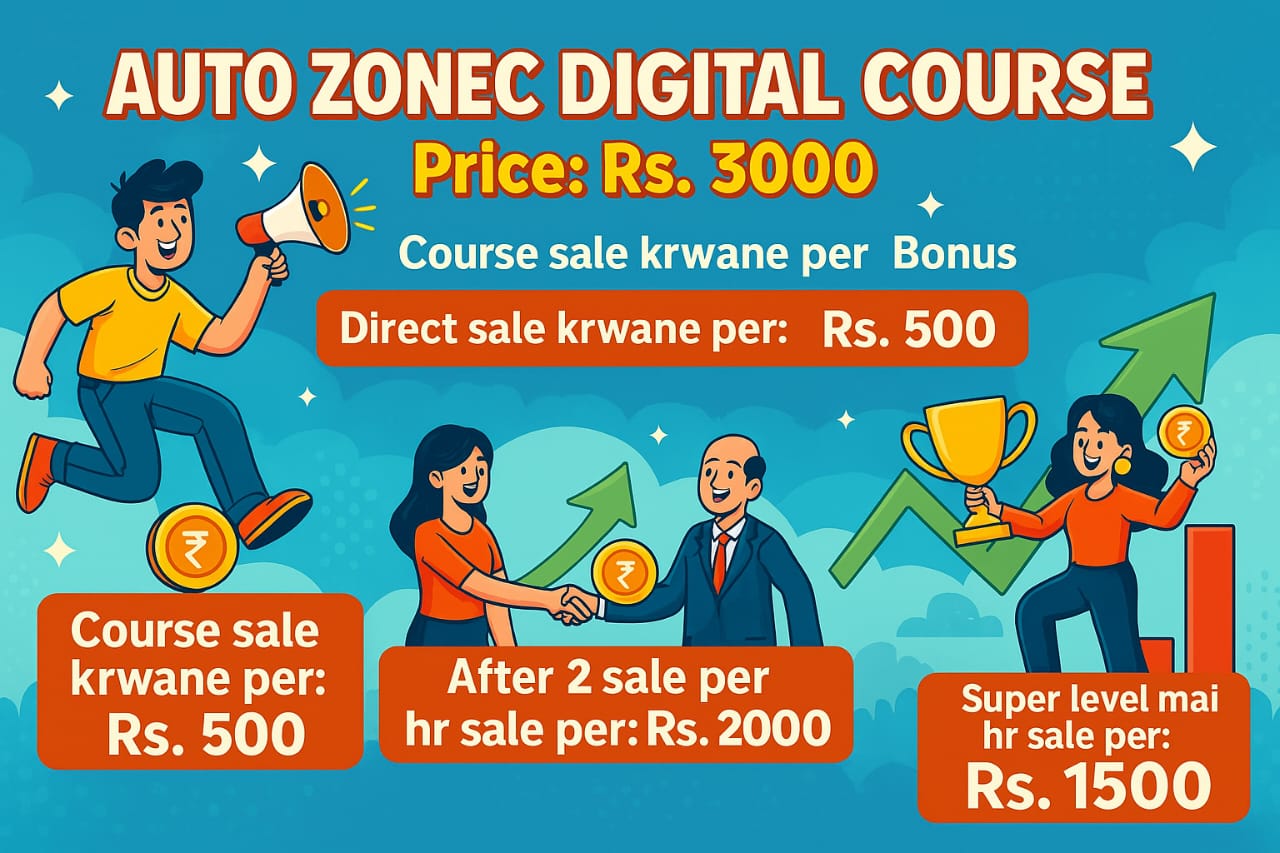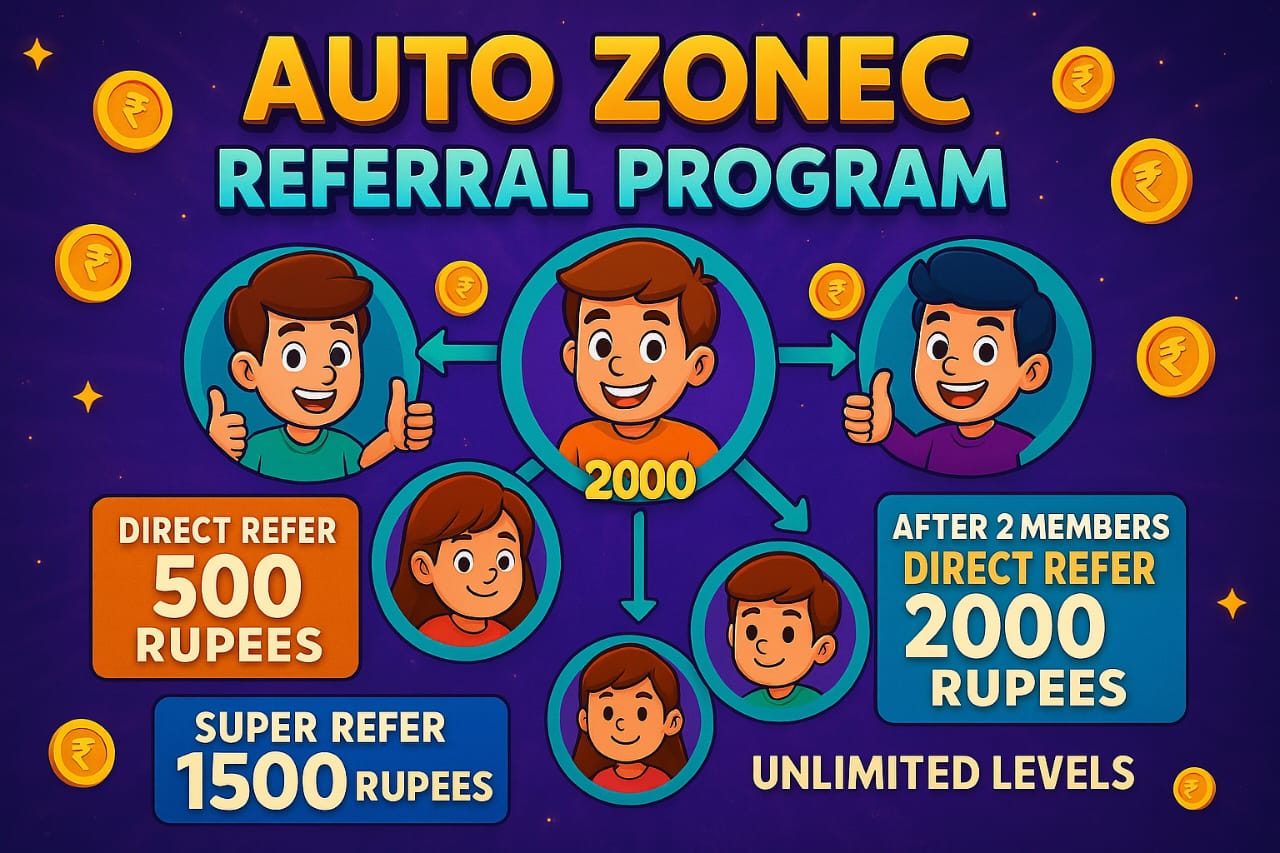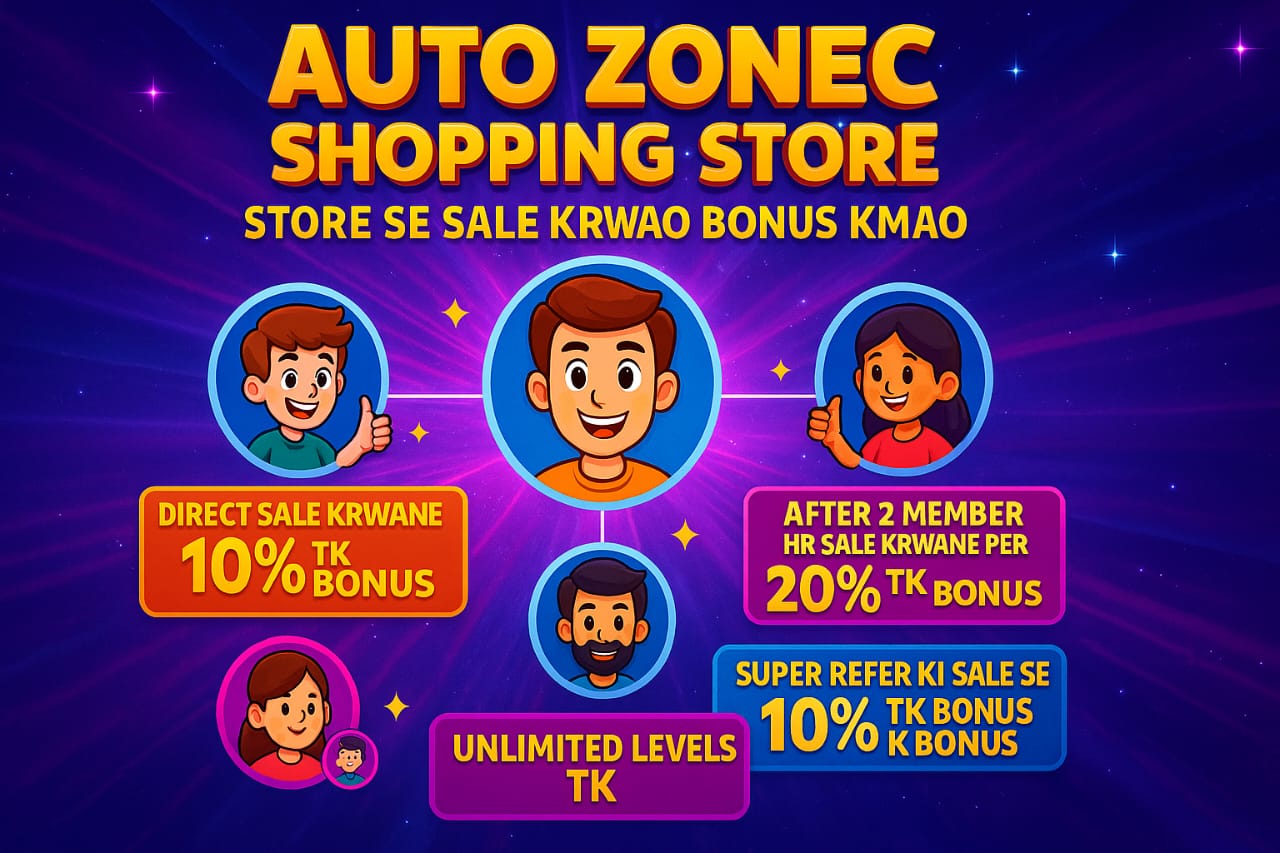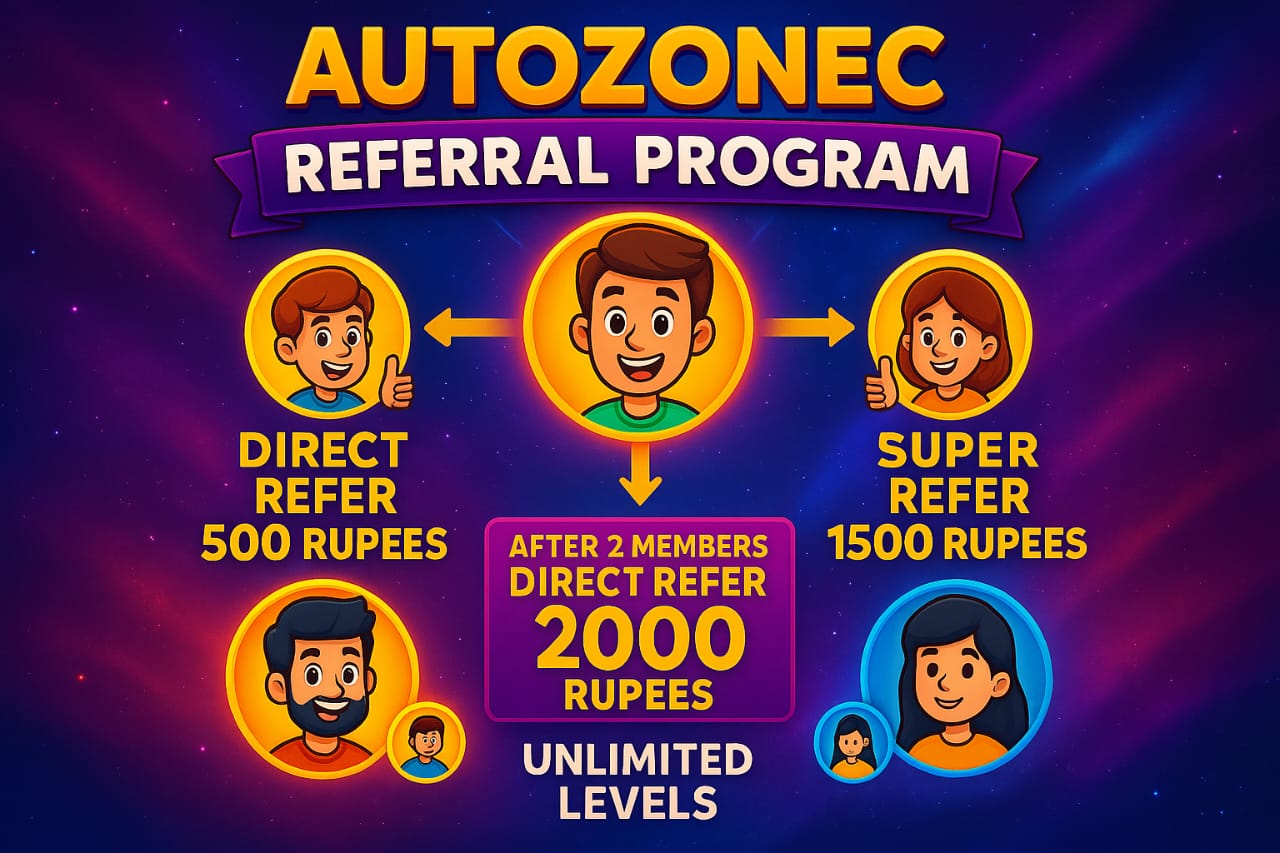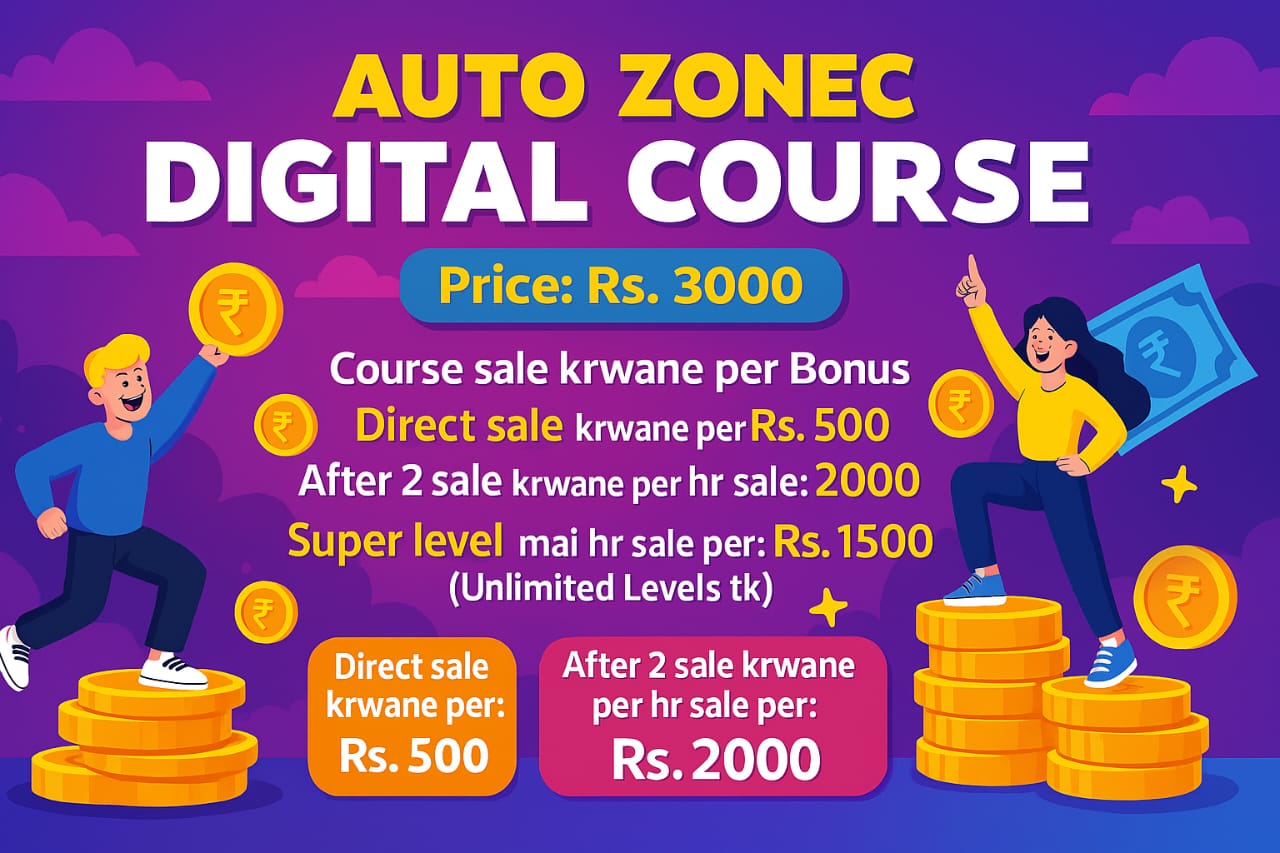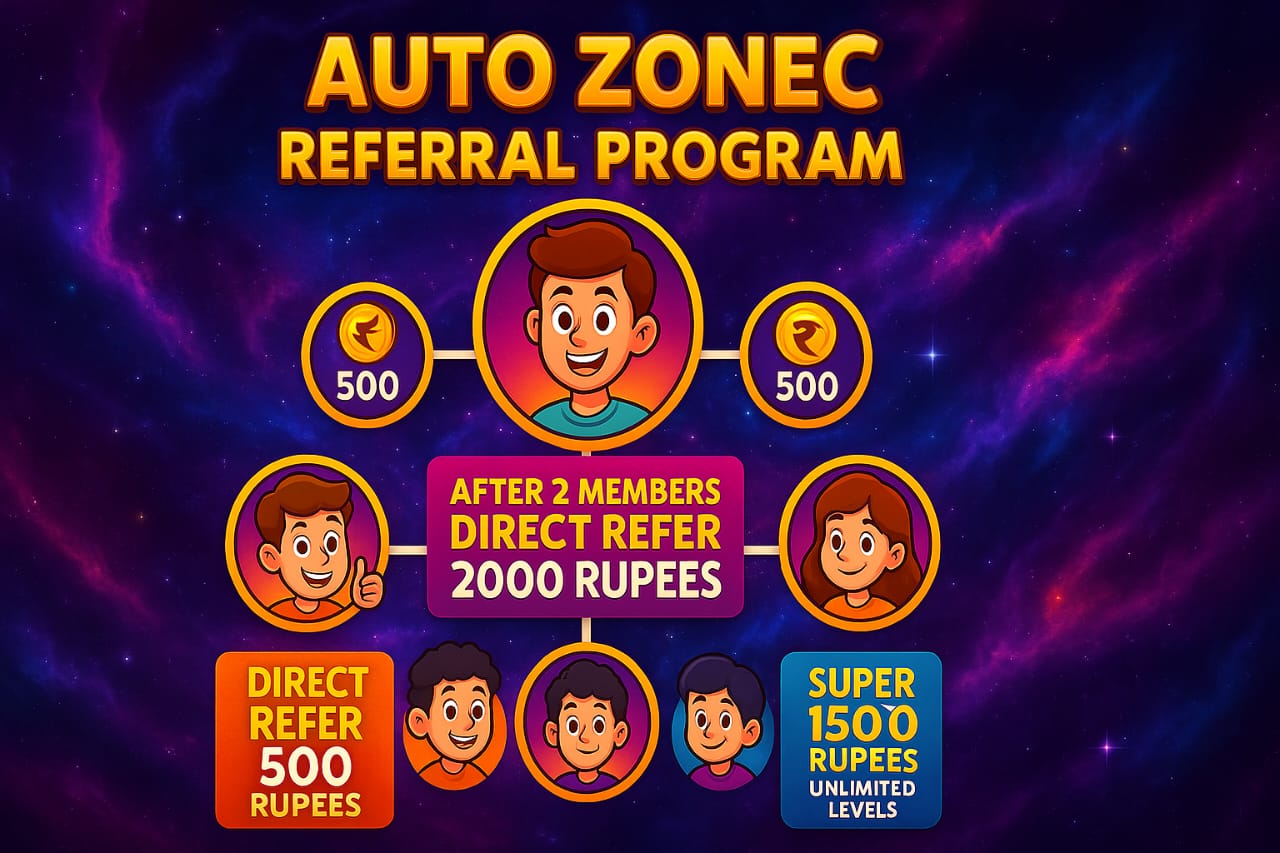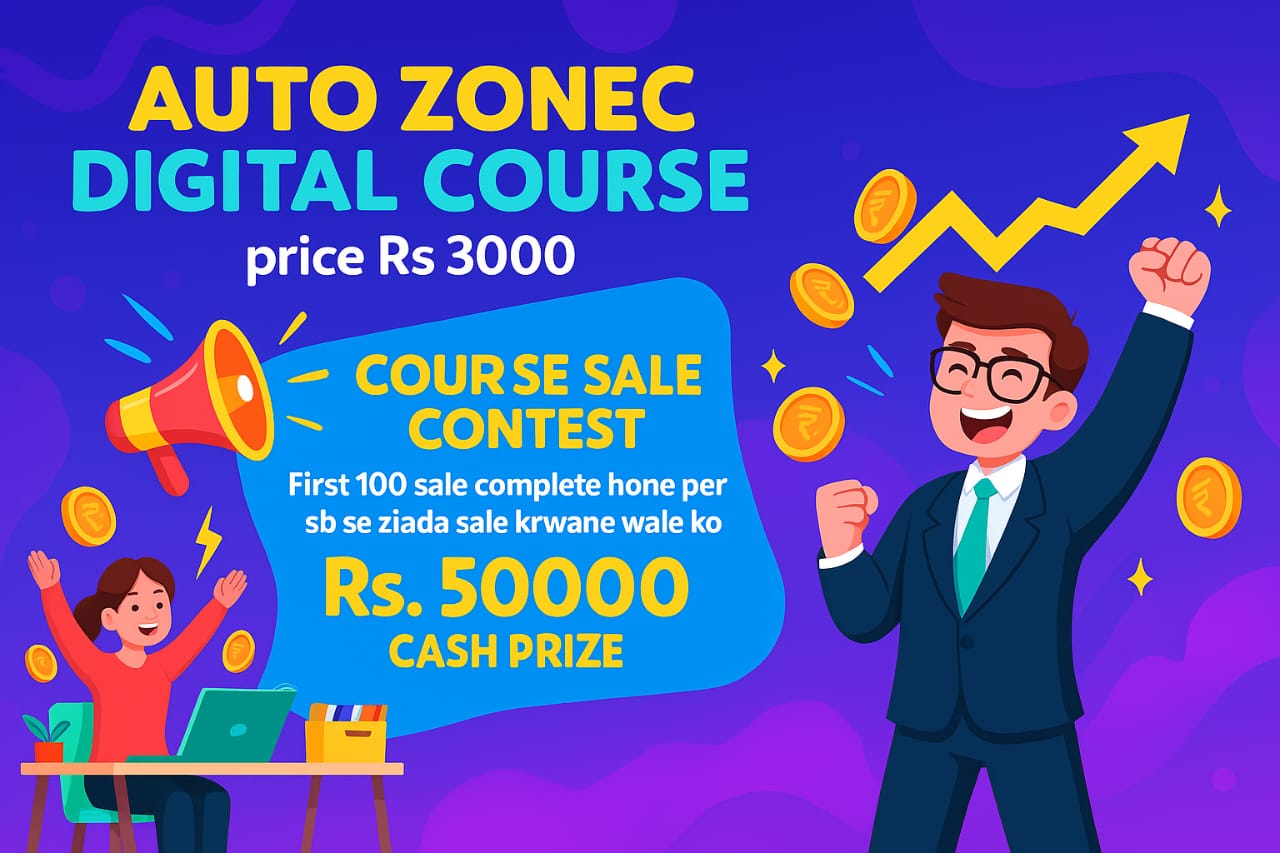
Unlocking the Future: Navigating the Rise of NFTs in the Digital Economy
SEO Description: Discover the ins and outs of NFTs with our comprehensive guide. Learn how non-fungible tokens are revolutionizing the digital economy and how you can get involved.
Meta Keywords: NFTs Non-fungible tokens Digital economy Cryptocurrency Blockchain technology Ethereum Digital assets Collectibles Digital art Tokenization NFT marketplace NFT investment Crypto collectibles Tokenized assets NFT gaming NFT art Token economy NFT platform NFT token NFT blockchain NFT technology NFT marketplace NFT trading NFT trends NFT news
The Rise of NFTs: A Guide to Understanding Non-Fungible Tokens in the Digital Economy
Introduction
Non-fungible tokens, or NFTs, have taken the digital world by storm in recent years. From art to music to virtual real estate, NFTs are revolutionizing the way we buy, sell, and own digital assets. But what exactly are NFTs, and why are they becoming so popular? In this guide, we will explore the rise of NFTs and help you understand the ins and outs of this new and exciting technology.
What are Non-Fungible Tokens?
Non-fungible tokens (NFTs) are unique digital assets that are indivisible and cannot be replicated. Unlike cryptocurrencies such as Bitcoin or Ethereum, which are interchangeable and have the same value, each NFT is one-of-a-kind and cannot be exchanged for another NFT. This uniqueness is what gives NFTs their value and appeal to collectors and investors.
How Do NFTs Work?
NFTs are created and stored on a blockchain, which is a decentralized and secure digital ledger. Each NFT is assigned a unique identifier, or token, that verifies its authenticity and ownership. This token is what makes the NFT unique and distinguishes it from other digital assets. When someone buys an NFT, they are purchasing the ownership rights to that specific digital asset, whether it be a piece of art, a piece of music, or a virtual item in a video game.
Why Are NFTs Gaining Popularity?
There are several reasons why NFTs are gaining popularity in the digital economy. One of the main reasons is the ability to prove ownership and authenticity of digital assets. With traditional digital files, it can be difficult to prove the original creator or owner of a piece of content. NFTs solve this problem by providing a verifiable and secure way to track ownership and provenance of digital assets.
Additionally, NFTs have opened up new opportunities for artists, musicians, and creators to monetize their work in ways that were not possible before. By selling their work as NFTs, creators can retain ownership rights and earn royalties each time their NFT is resold. This has the potential to revolutionize the way creators are compensated for their work and could lead to a more equitable distribution of wealth in the digital economy.
The Benefits of NFTs
Now that we have a basic understanding of what NFTs are and how they work, let's take a look at some of the benefits they offer in the digital economy.
1. Ownership and Authenticity
One of the key benefits of NFTs is that they provide a way to prove ownership and authenticity of digital assets. With traditional digital files, it can be difficult to prove that you are the true owner of a piece of art or a collectible. However, with NFTs, the ownership of a digital asset is stored on the blockchain, making it easy to verify and prove ownership.
2. Traceability and Transparency
Another benefit of NFTs is the traceability and transparency they offer. Every transaction involving an NFT is recorded on the blockchain, allowing users to track the entire history of a digital asset. This level of transparency can help prevent fraud and ensure that artists and creators receive proper credit and compensation for their work.
3. Interoperability
NFTs are built on blockchain technology, which means they can be bought, sold, and traded across different platforms and marketplaces. This interoperability allows for greater flexibility and liquidity in the digital economy, making it easier for users to access and engage with a wide range of digital assets.
How to Get Started with NFTs
Now that we've explored the benefits of NFTs, you may be wondering how you can get started with this emerging digital asset class. Here are some steps to help you navigate the world of NFTs:
1. Educate Yourself
Before diving into the world of NFTs, it's important to educate yourself on the basics of blockchain technology and how NFTs work. There are plenty of resources available online, including articles, videos, and tutorials, that can help you understand the ins and outs of NFTs.
2. Choose a Marketplace
Once you have a basic understanding of NFTs, the next step is to choose a marketplace where you can buy, sell, and trade NFTs. Some popular NFT marketplaces include OpenSea, Rarible, and Foundation. Be sure to research each platform to find one that aligns with your interests and goals.
3. Create or Purchase an NFT
After selecting a marketplace, you can either create your own NFT or purchase one from an existing collection. If you're an artist or creator, you can mint your own NFTs using platforms like Mintable or SuperRare. If you're looking to buy NFTs, browse through the collections on your chosen marketplace to find digital assets that interest you.
4. Secure Your NFTs
Once you own an NFT, it's important to take steps to secure and protect your digital assets. Consider storing your NFTs in a secure digital wallet and follow best practices for cybersecurity to prevent theft or loss of your NFTs.
Conclusion
In conclusion, NFTs are revolutionizing the way we think about ownership and authenticity in the digital economy. By leveraging blockchain technology, NFTs offer a range of benefits, including ownership and authenticity, traceability and transparency, and interoperability. If you're interested in exploring the world of NFTs, take the time to educate yourself, choose a marketplace, create or purchase an NFT, and secure your digital assets. With the right knowledge and tools, you can navigate the world of NFTs and discover the endless possibilities they offer in the digital economy.
The Rise of NFTs: A Guide to Understanding Non-Fungible Tokens in the Digital Economy
What are NFTs?
Non-fungible tokens (NFTs) are unique digital assets that represent ownership of a specific item or piece of content using blockchain technology. Unlike cryptocurrencies such as Bitcoin or Ethereum, which are fungible and can be exchanged for one another, NFTs are one-of-a-kind and cannot be replicated or replaced.
How do NFTs work?
NFTs are created and stored on a blockchain, which is a decentralized and secure digital ledger. Each NFT contains metadata that defines its unique characteristics, such as the artist's name, the title of the artwork, and any other relevant information. This metadata is what makes each NFT distinct and valuable.
When someone purchases an NFT, they receive a digital certificate of ownership that is stored on the blockchain. This certificate includes a unique token ID that proves the authenticity and ownership of the NFT. The buyer can then transfer or sell the NFT to another party, just like a physical artwork or collectible.
Why are NFTs valuable?
NFTs have gained popularity and value for several reasons:
- Scarcity: Since each NFT is unique and cannot be replicated, it has inherent scarcity, making it more valuable to collectors and investors.
- Ownership: NFTs give digital artists and creators the ability to retain ownership and control over their work, unlike traditional digital content that can be easily copied or shared without permission.
- Interoperability: NFTs can be bought, sold, and traded on various online marketplaces and platforms, allowing for a global and decentralized economy for digital assets.
How are NFTs being used?
NFTs are being used in various industries and applications, including:
- Art and collectibles: Digital artists are selling their works as NFTs, allowing them to monetize their creations and reach a wider audience.
- Gaming and virtual worlds: NFTs are being used to create unique in-game items, characters, and virtual real estate that players can buy, sell, and trade.
- Music and entertainment: Musicians and entertainers are releasing exclusive content and experiences as NFTs, providing their fans with a new way to support and engage with their favorite artists.
Conclusion
Non-fungible tokens are revolutionizing the way we think about ownership, creativity, and value in the digital economy. As NFTs continue to gain traction and adoption, it's important for individuals to understand how they work and the potential opportunities they present. Whether you're an artist looking to monetize your work, a collector seeking unique digital assets, or an investor exploring new opportunities, NFTs offer a novel and exciting way to participate in the evolving digital landscape.
The Rise of NFTs: A Guide to Understanding Non-Fungible Tokens in the Digital Economy As NFTs continue to gain popularity, it's important to understand how they are revolutionizing the digital economy. In this section, we'll delve deeper into the implications of NFTs and how they are changing the way we think about ownership and value in the digital space. The Impact of NFTs on Digital Ownership One of the key aspects of NFTs is their ability to establish ownership of digital assets in a way that was previously impossible. With traditional digital assets, such as images or videos, it's easy to make copies and distribute them freely. This has led to issues of copyright infringement and piracy, as well as making it difficult for creators to monetize their work. NFTs solve this problem by using blockchain technology to create a unique, verifiable record of ownership for each digital asset. This means that even though a digital file can be copied and shared, only the owner of the NFT has the official record of ownership. This has huge implications for creators, as it allows them to sell their work as limited edition pieces, giving them a new way to monetize their content. The Value of NFTs in the Digital Economy Another key aspect of NFTs is their ability to assign value to digital assets in a way that was previously difficult to quantify. By creating a unique record of ownership for each asset, NFTs make it possible to establish scarcity and authenticity, two factors that are crucial in determining the value of any asset. This has led to a boom in the market for digital art, as artists are able to sell their work as NFTs and establish a new revenue stream. It has also opened up new opportunities for collectors, who can now buy and sell digital assets in a way that is transparent and secure. The Future of NFTs in the Digital Economy As NFTs continue to gain traction, it's clear that they have the potential to revolutionize the digital economy in a number of ways. From creating new opportunities for artists and collectors to changing the way we think about ownership and value in the digital space, NFTs are reshaping the way we interact with digital assets. Moving forward, it will be important for creators, collectors, and investors to stay informed about the latest developments in the NFT space. As the market continues to evolve, new opportunities and challenges will arise, and it will be crucial to stay ahead of the curve in order to maximize the potential of this groundbreaking technology. In conclusion, NFTs are not just a passing trend – they are here to stay and are likely to play a key role in shaping the future of the digital economy. By understanding the implications of NFTs and staying informed about the latest developments in the space, individuals can position themselves to take advantage of the opportunities that this technology presents.The Rise of NFTs: A Guide to Understanding Non-Fungible Tokens in the Digital Economy
In recent years, Non-Fungible Tokens (NFTs) have gained immense popularity in the digital economy. These unique digital assets are revolutionizing how we buy, sell, and trade digital art, collectibles, and other virtual items. In this guide, we will explore the rise of NFTs and provide insights into how they are shaping the future of the digital economy.
What are NFTs?
NFTs are unique digital assets that are stored on a blockchain, making them one-of-a-kind and non-interchangeable. Unlike cryptocurrencies like Bitcoin or Ethereum, which are fungible and can be exchanged for one another, NFTs are unique and cannot be replicated.
Examples of NFTs
One of the most famous examples of an NFT is the digital artwork "Everydays: The First 5000 Days" by artist Beeple, which sold for a record-breaking $69.3 million at a Christie's auction in March 2021. This sale brought mainstream attention to NFTs and showcased the potential for digital art to be valued and traded like physical art.
Another example is the NBA's Top Shot platform, where users can buy, sell, and trade digital collectible basketball highlights as NFTs. These "moments" have become highly sought-after by fans and collectors, with some rare moments selling for thousands of dollars.
Benefits of NFTs
- Ownership: NFTs provide proof of ownership and authenticity for digital assets, allowing creators to monetize their work and collectors to own unique digital items.
- Interoperability: NFTs can be bought, sold, and traded on various platforms, creating a liquid market for digital assets.
- Censorship Resistance: Because NFTs are stored on a blockchain, they cannot be censored or removed by third parties, giving creators more control over their work.
Case Studies
One notable case study is the NFT collection "CryptoPunks," created by Larva Labs in 2017. These 10,000 unique pixelated characters have become iconic in the NFT space, with some rare CryptoPunks selling for millions of dollars. The success of CryptoPunks has inspired other projects to create their own unique collections of NFTs.
Another case study is the NFT artist Pak, who launched the "The Fungible Collection" in 2021. This project consisted of 12 unique NFTs that could be exchanged for physical artwork by the artist. The Fungible Collection sold out in minutes, demonstrating the demand for NFTs as a new form of digital art.
Conclusion
The rise of NFTs has opened up new possibilities for creators, collectors, and investors in the digital economy. As more artists, brands, and platforms embrace NFTs, we can expect to see further innovation and growth in this space. Understanding the potential of NFTs and how they are reshaping the way we value and trade digital assets is essential for anyone looking to participate in this emerging market.
Unlocking the Future: Navigating the Rise of NFTs in the Digital Economy
Written by: mahnoor
Published on: April 28, 2025
